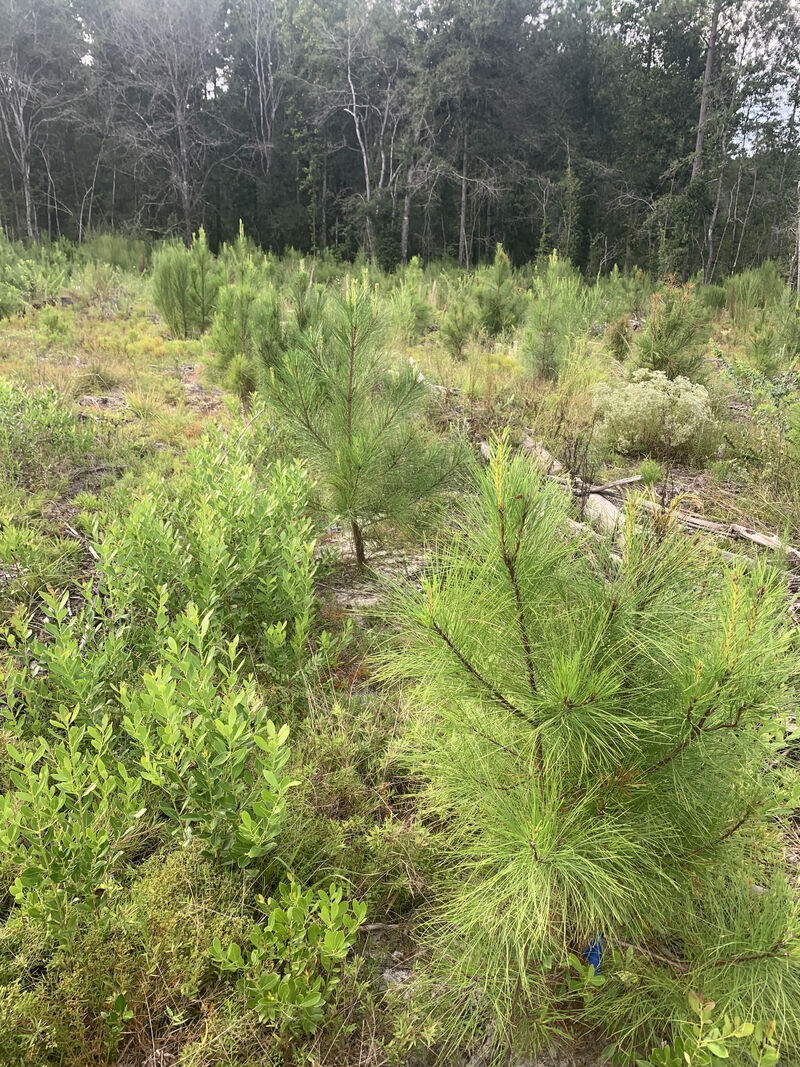
The potential growth trajectory for almost all loblolly pine plantations in the Lower Coastal Plain and Lower Piedmont of the Southeast US is 82’ to 100+’ tall dominant and codominant trees at base age 25 years (SI 82-100' base age 25). If any given stand in that area doesn’t hit that mark, there is a reason(s). Some are acceptable to the owner due to budget or management intensity goals; most are not.
The list of potential reasons for fall-down is long (and these are what good managers work hard to learn to offset), too long to list here, but one of the potential and more aggravating and unpredictable reasons is the Nantucket tip moth. This pest that damages the tips of growing pine trees is inconsistent, hard to predict, and incredibly damaging to growth and stem form when a full-on attack occurs. In some regions, like N. FL, S. AL, SE VA, the annual occurrence of the attack is a given. Severity in those regions may differ by site type and year, but the attack is sure. Other regions will have no, spotty or limited tip moth attacks.
Perhaps lesser understood though, is the variance in pine tree effective response to the attack. The attached pictures, taken on Monday from within the same site in Wheeler County, GA, show the within-site attack response of a young (2nd growing season) loblolly pine planting. The sandy, inherently poorly drained (side slope position), and low fertility areas of the site are decimated. The upland, sandy yet fertile soil areas show limited growth decrease or stem form issues. The in-between site quality areas, have moderately heavy damage. A large area of this same tract was planted 7 years ago, with very limited occurrence of tip moth attack and subsequently, strong early growth and quality stem form expressed. Thus, the attack severity of the pest differs across years and the impact varies even within the site.
Is there an economic management strategy that adequately addresses and offsets this pest problem? There absolutely are strong strategies (integrating site prep, herbaceous weed control, PTM, and genotype) and implementing these helps to improve the precision of realizing the site index 85 to 100’ base age 25 year growth targets for our plantations, i.e. strategies for hitting these targets 85% of the time vs say 40% of the time.
One of the tour stops (and research focuses) at the upcoming Forest Owners Research and Technology Exchange (FORTE) will focus on pine plantation establishment for growth and stem quality optimization. For more information about the upcoming Pineville, LA meeting on September 13-14, 2022
